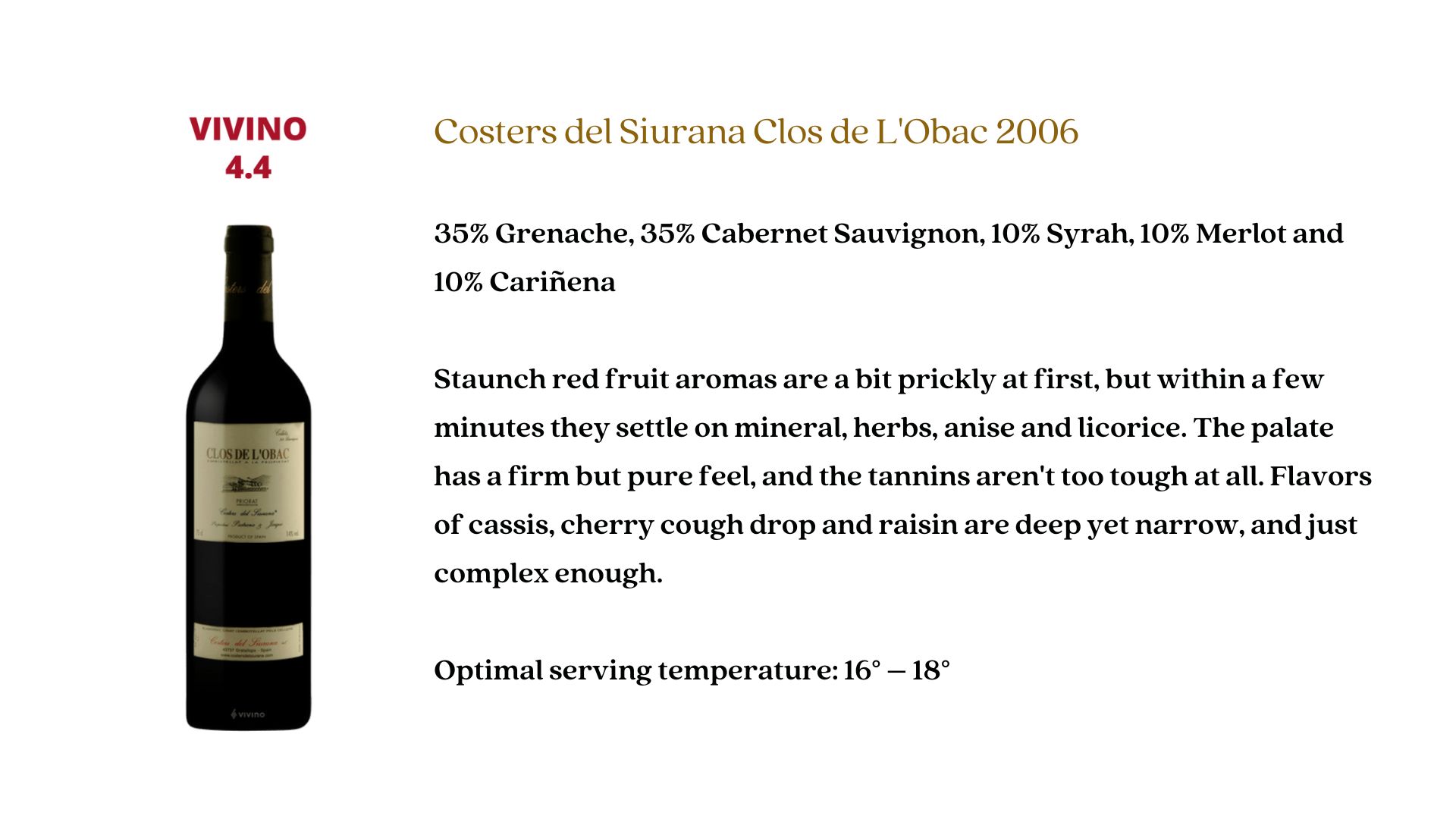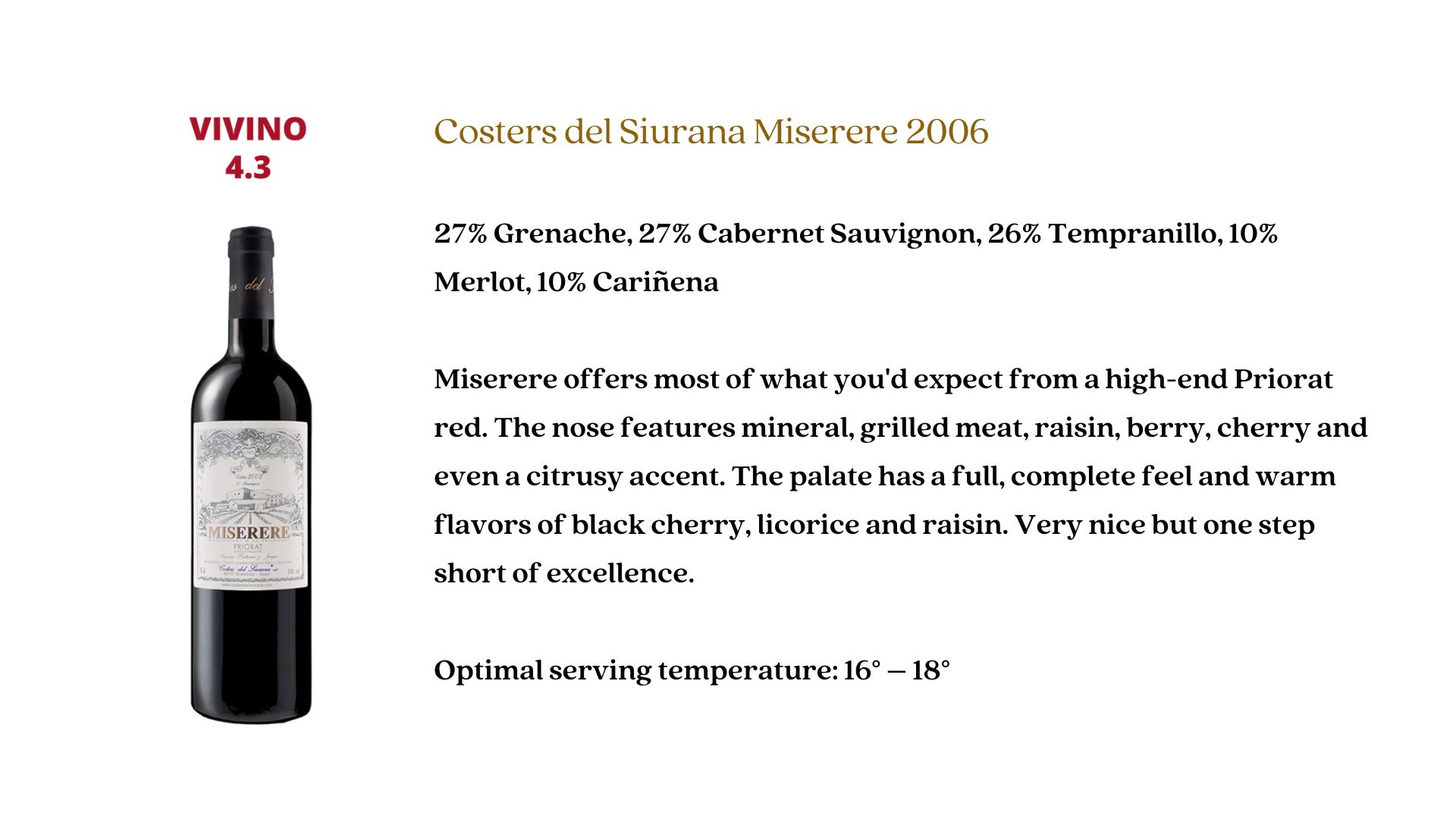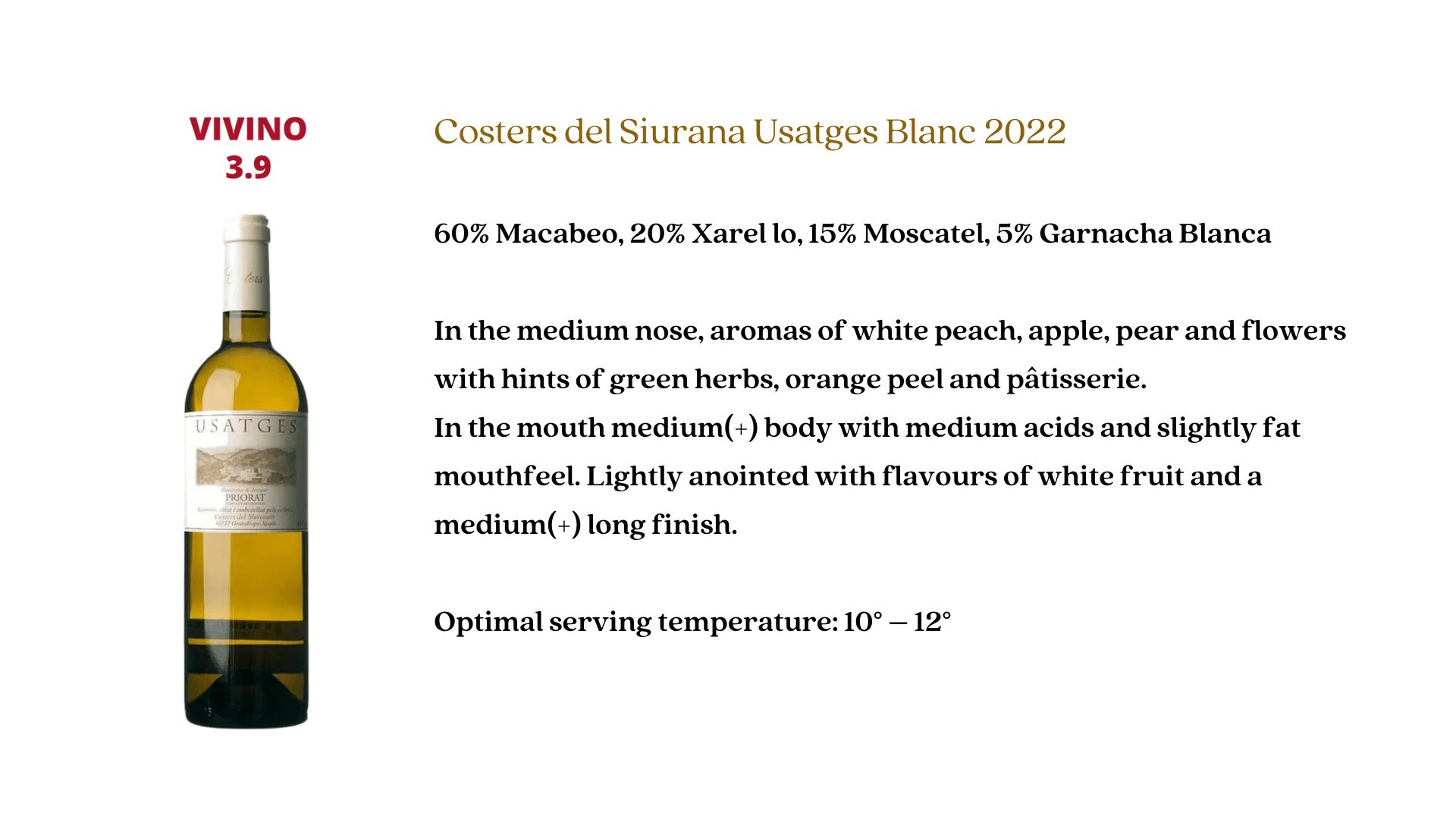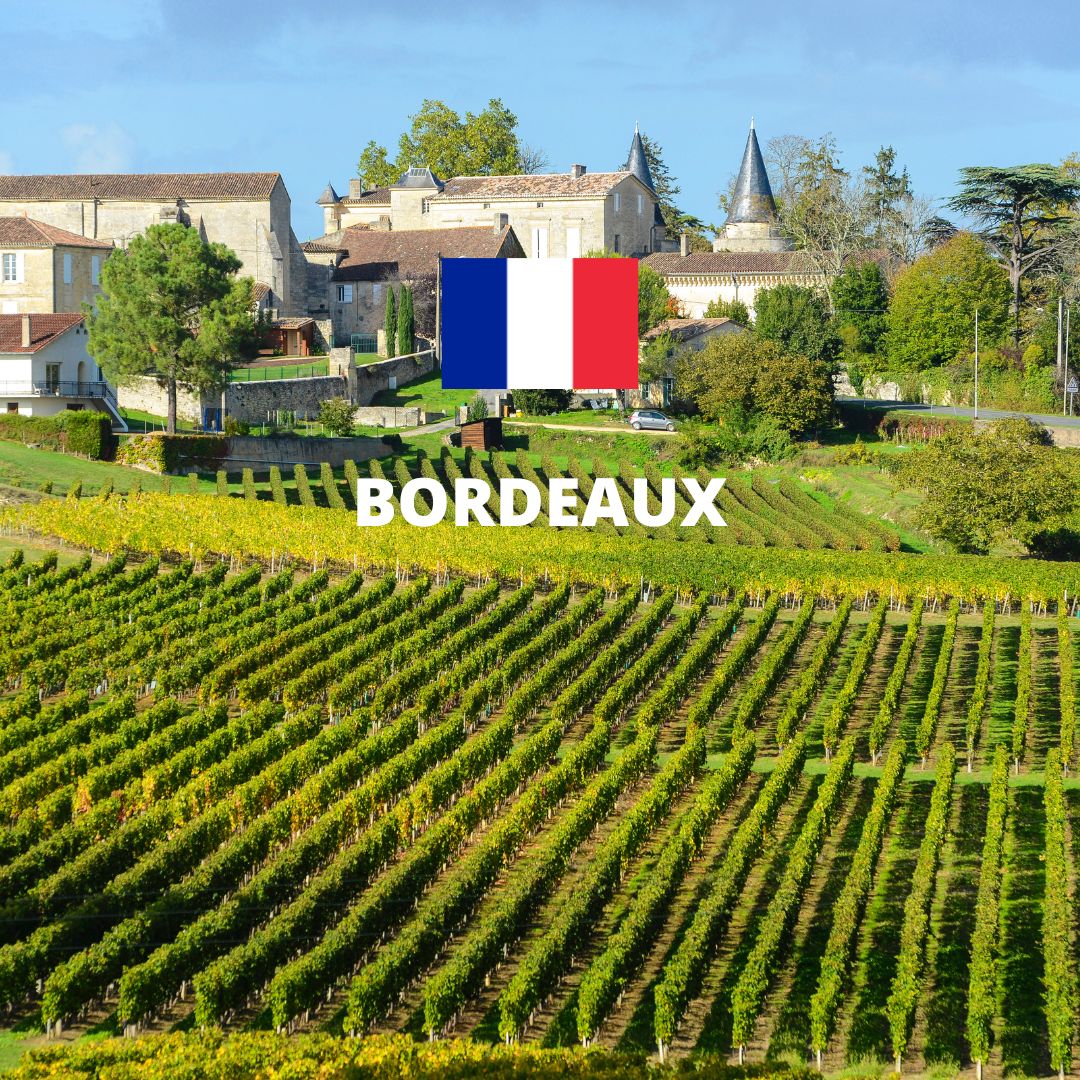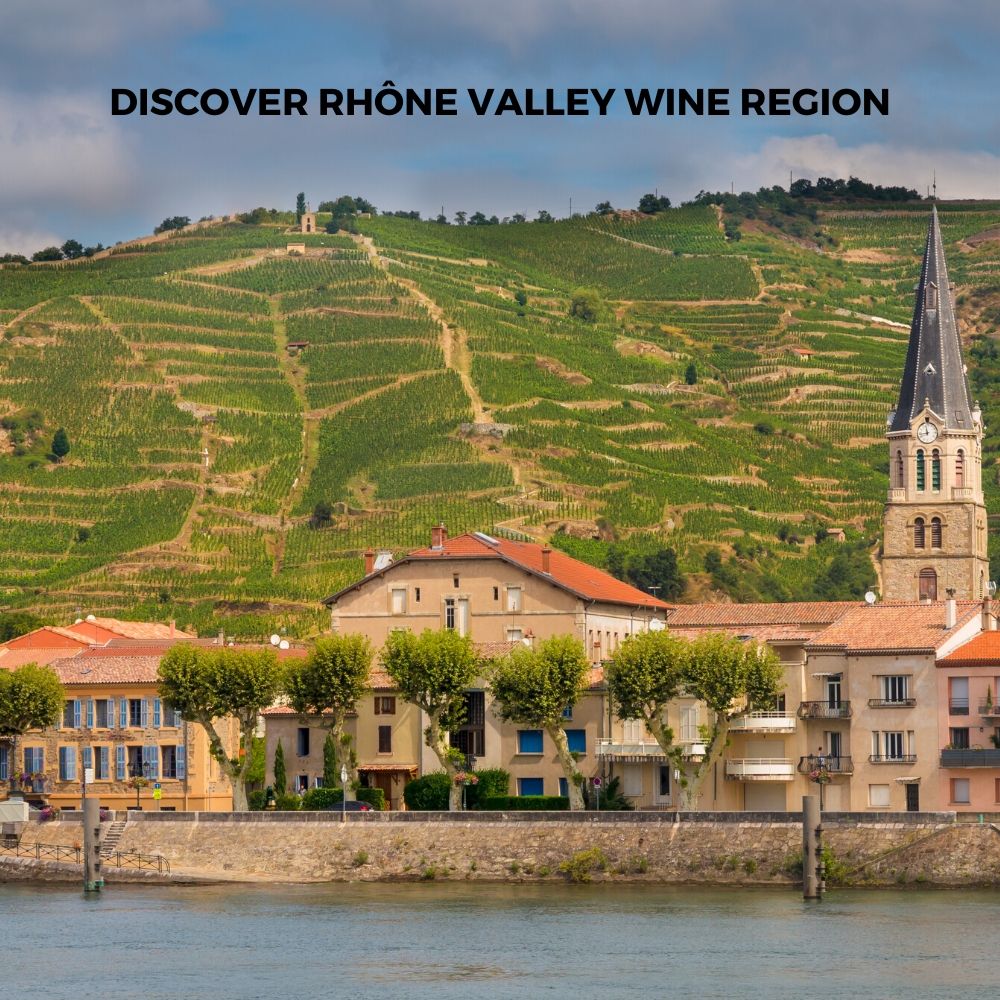
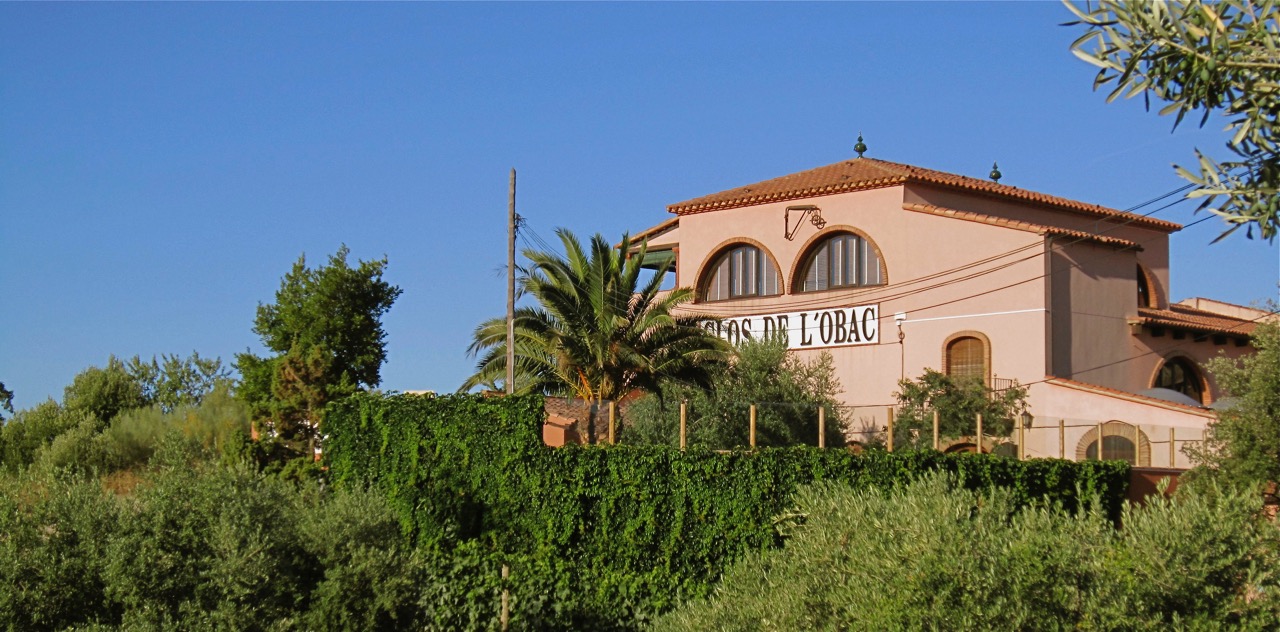
Towards the close of the 1970s, the married couple formed by the Tarragona journalist Carles Pastrana and the Barcelona enologist Mariona Jarque embarked on their life adventure, devoting their professional and family future to the project of recovering the wines of El Priorat and of making their wines internationally known.

Thirty years later, together with their two children, Guillem and Iona –who represent the essential future of this story–, they have consolidated a project that is now known and acknowledged around the world.

In 1979 Carles Pastrana and Mariona Jarque recovered the family winemaking tradition and started off on a long adventure aimed to rescue the old Carthusian wines in the heart of the lands that were once under the dominion of the priors of Scala Dei, a monastery located in the Catalan region of El Priorat.
Carles and Mariona created the properties of Clos de l’Obac and Miserere, replanting vines along the banks of the river Siurana in the southern pre-coastal area of Catalonia, and established the Clos de l’Obac Winery.
Together with a friend of those times, René Barbier (Clos Mogador) –the son of a family of Tarragona wine merchants–, began to replant vines in El Priorat with the aim to produce some great wines there.
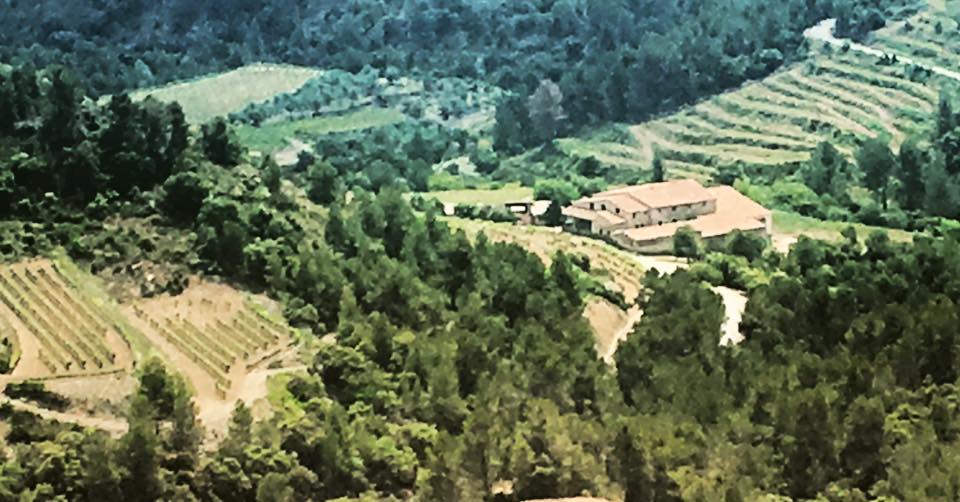
Over a period of more than ten years, their project aroused little interest among wine professionals and did not win the trust of financial and governmental institutions because of its great ambition, its geographical location, its promoters’ inadequate economic resources and the limited winemaking knowledge of almost all those engaged in the venture.
Despite these shortcomings, however, in the ten-year period 1979-1989, this group finally succeeded in achieving and even surpassing the initial goal.
At the beginning of the 1980s the team was joined by the chemist Toni Basté (Clos Basté Krug), a Catalan living in Strasbourg.
He was soon followed by Fernando Garcia (Clos Setién), a wine importer in Frankfurt, and by the biologist and director of the Enology Section of the Falset Vocational Training School, Josep L. Pérez (Clos Martinet), in 1986.
These five people, together with a resident of Gratallops, Antonio Rosario (Clos Ballesteros Jové), who worked for them as a farmer, formed the whole project’s core until 1987, when it was superseded by the founding of an agricultural company that was joined by Adrian Garsed (Clos Garsed) from England and Luc Van Iseghem (Clos dels Llops) from Flanders, who were wine merchants of London and Ostend, respectively. In 1989 and 1990, before the first wine was bottled, Daphne Glorian (Clos Erasmus) from Switzerland and Álvaro Palacios from La Rioja (Clos Dofí) also joined the project, although they never came to form part of the company.
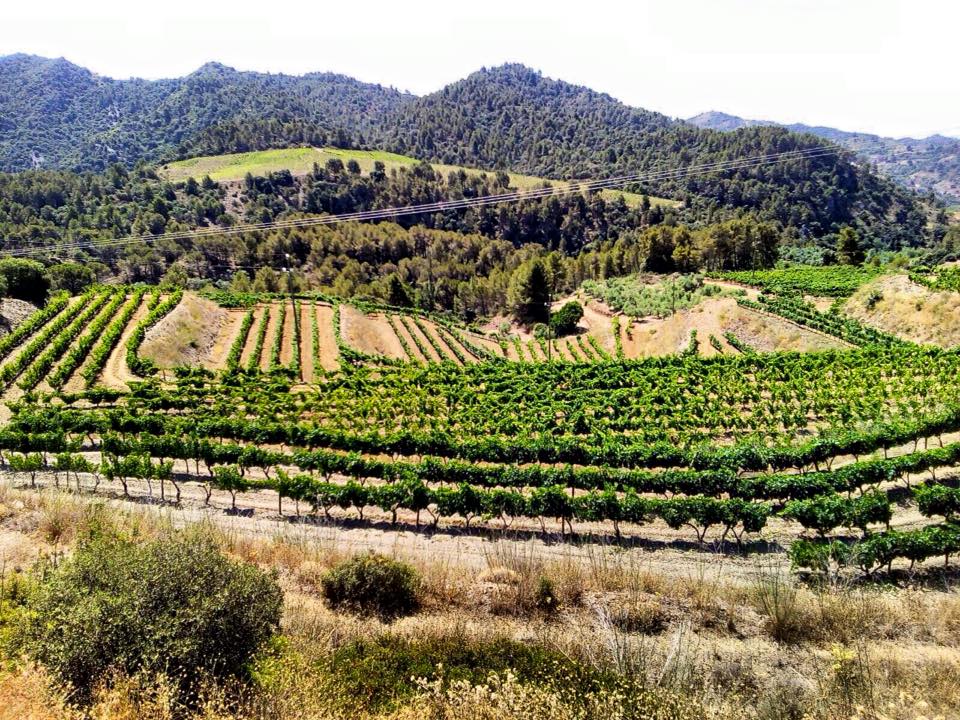
On deciding to create a Priorat wine, one of the most exciting aspects is to consider the many factors that will come to give the wine its specific characteristics, including the grape varieties that are used, the characteristics and types of slate in the soil where the vines are planted, the planting system, the orientation of the vines and the cultivation method that is applied, in addition to other aspects.
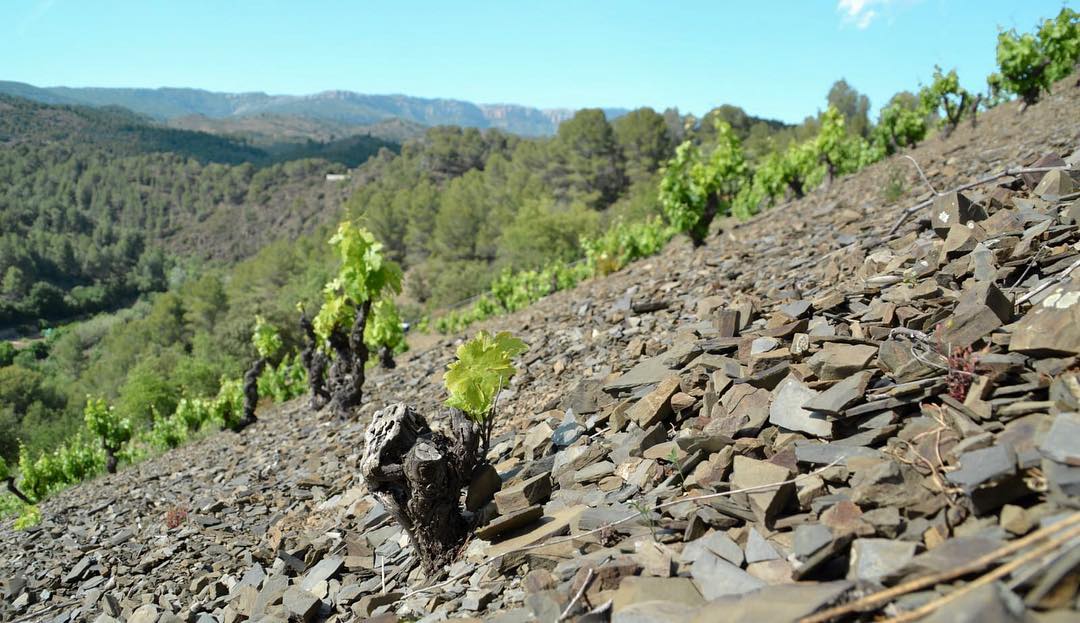
Accordingly, the irregular terrain of the slate hills is one of the determining factors.
The Clos de l’Obac and Miserere wines are made from the grenache, Cabernet Sauvignon, syrah, merlot, ull de llebre and samsó (cariñena) varieties, while white grenache, macabeu, xarel•lo and muscat of Alexandria are used to make Kyrie white wine.
Old gobelet plantings of the grenache, samsó and Cabernet Sauvignon varieties from fifty to eighty years ago have been preserved.The rest of the vines have an average age of twenty-five years and are trained or re-trained by the Royat double cordon (two-armed) trellising system, which allows better control of production, better plant health and, consequently, a more efficient balance of production.
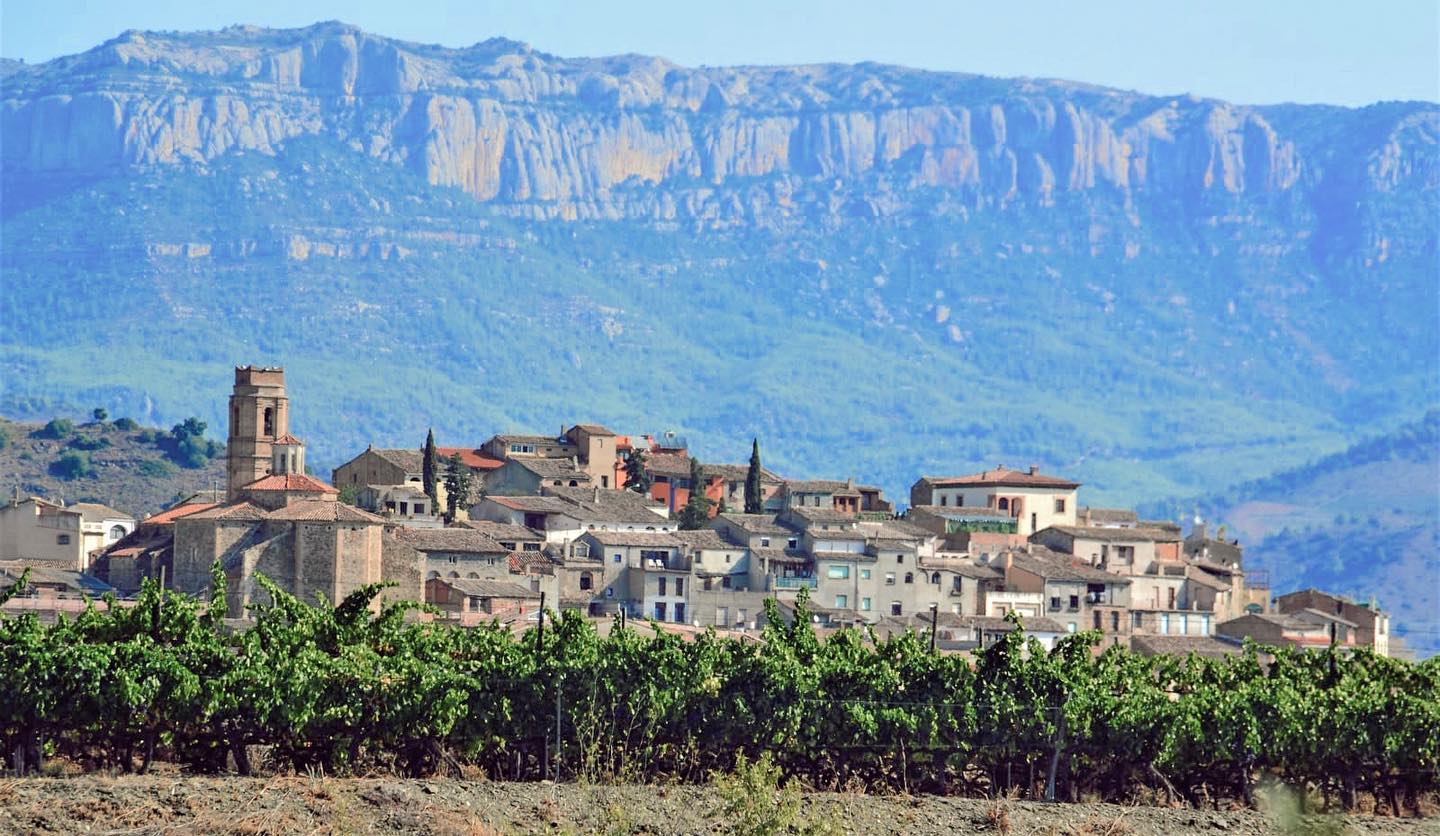
When attempting to make a great wine in El Priorat, the foremost challenge is to combine all the factors that will give the wine its specific character. This is achieved through a creative process, as in any other artistic discipline. This creative process is of such an exciting character that it can lead you to devote your entire life to this craft. Indeed, once you have tasted a wine made in this way and met the people who have made it, you may, if only from time to time, discover and appreciate the delicate thread that joins people to the land, work to repose, reason to passion, and feelings to the senses.
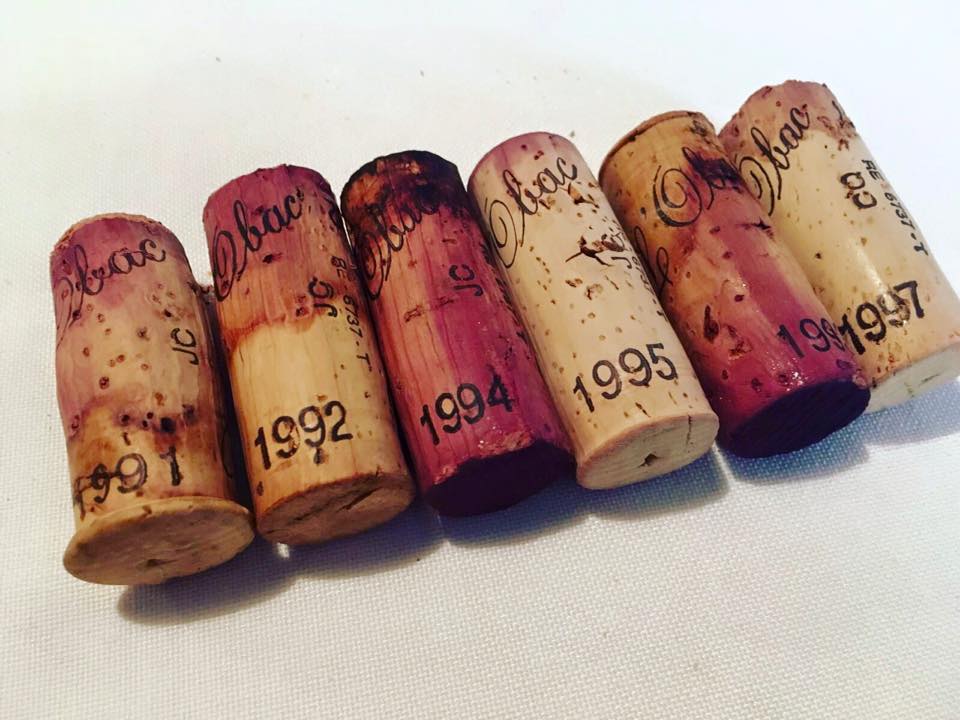
The wines from the Clos de l’Obac and Miserere properties and those from the Dolç de l’Obac and Kyrie vineyards are made by a blending method that is based on a system involving the same varieties and percentages of grapes each year, according to the four specific coupages that have been chosen for each of the four wines.
The purpose of this method is to assure that each year the characteristics of our continental and Mediterranean climate will be those that define, by contrast, the personality and character of each wine, and not the characteristics of a random blending wine that would be used to adjust the vintage.
With this system, regardless of the climatic variants, the challenge is to produce a great wine with each harvest, a wine that reflects the distinguishing traits of the year’s four seasons taken as a whole.
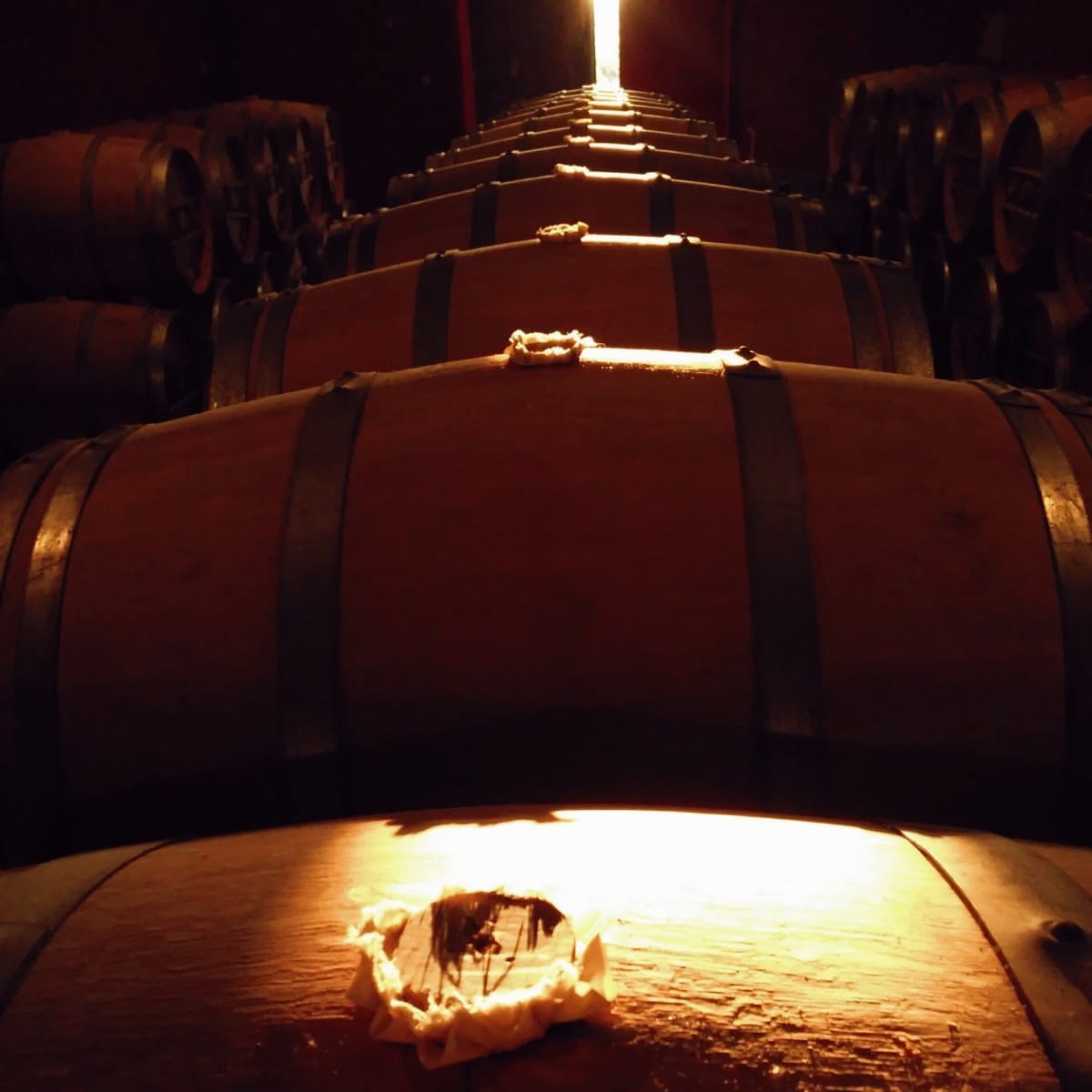
The Costers del Siurana wines go through an extremely precise and meticulous cask aging process.
Once the winemaking process has been completed, depending on the outdoor temperature, the wine is left to repose for three or four months in the fermentation and storage vats in contact with the intense winter cold in order to bring about a natural stabilisation without the need to use refrigerated vats and stirring paddles.
Afterwards, the wine is transferred, always by gravity, to the aging room, where it is kept in casks of French oak of the limousin, allier and nevers varieties, remaining there between ten and fifteen months depending on the characteristics of the vintage.
During this time it is goes through a decanting process based on manual transfers, using a candle for verification, in order to separate the sediment which is deposited on the bottom of the casks and which could otherwise make a dirty wine or alter its good tastes.
During the aging period, the casks are exposed to the winter cold of El Priorat in order to produce a second natural stabilisation. Likewise, advantage is taken of this time of year to carry out manual clarifications with egg whites, cask by cask.


